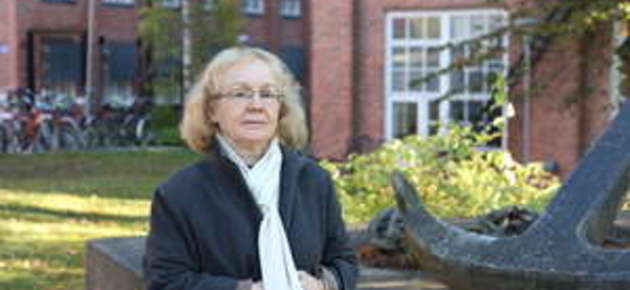Many modernities instead of just one modernity

- In the last 25 years in the Modernity Studies researchers have been talking that instead of one modernity one should perhaps speak about many modernities.

According to Irimia it is not just a question of majority and minority cultures. There can be different modernities within the same culture.
– For example in China here is the big city China, which economically evolves rapidly and then there is the rural China, which could be from the late middle ages, says Mihaela Irimia.
There are also different paces of modernity. Economic changes can be rapid, but political pace is slower. Irimia says that the mental time - the deepest layer of our identity - is the slowest.
– Mentally we are still able to think like 200 or 300 years ago. It can be unconscious - something we have inherited from our parents or grandparents.
Insted of terms like early modernity, late modernity or postmodernity Irimia rather speaks of "long modernity" - a time period from the renaissance until today.
Language, Culture and Time: A Conference for Researchers and Teachers of English was organized by the Finnish Society for the Study of English (FINSSE). FINSSE's president is lecturer Jukka Tiusanen from the University of Vaasa.